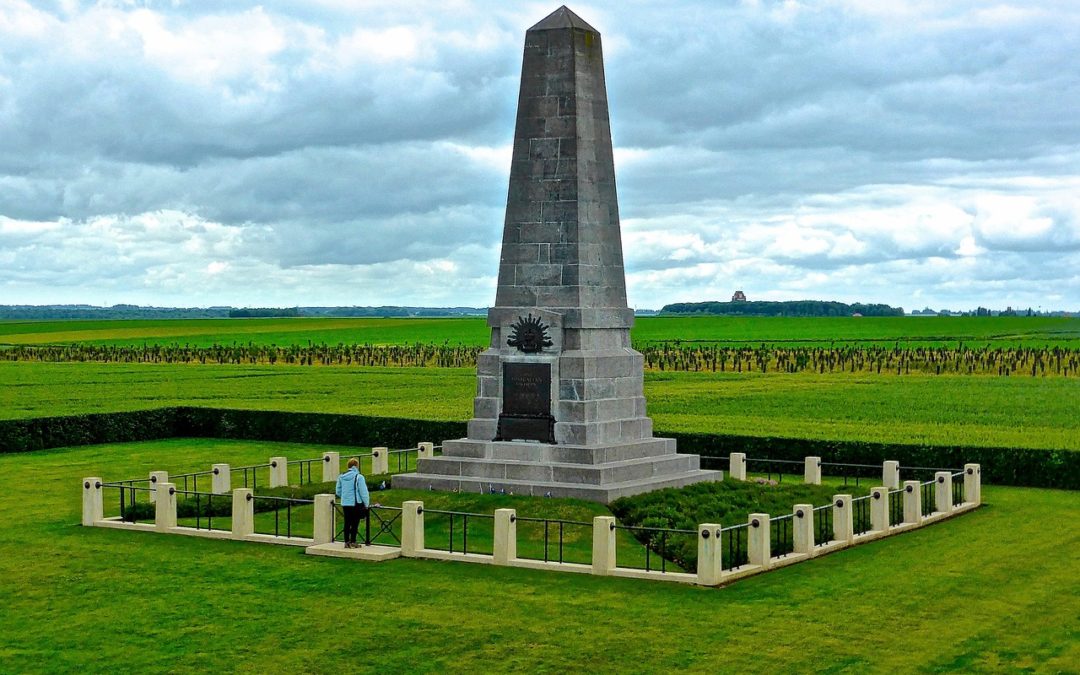Tragedy struck a quiet town on the Mid North Coast in late November last year when a sandstone war memorial fell onto a young girl.
It’s understood the memorial was installed in accordance with the relevant Australian Standard. However, it’s believed to have been toppled by another child innocently climbing on it and repeatedly rocking the memorial until it fell.
This heartbreaking incident has brought the topic of monument management into the spotlight across NSW. In doing so, questions regarding monument management responsibilities have been raised; a subject many councils have overlooked for some time.
What’s a monument?
Monuments commonly found within our shires are war memorials, statues and tablets. Other monuments and structures are also erected to commemorate significant people and events.
There are thousands of monuments across metropolitan and rural towns throughout Australia. They’re typically made of sturdy materials such as masonry and bronze. You’ll find them on council land such as roundabouts, main streets of country towns, tourist attractions, sporting grounds and public spaces. Many originate from wartime eras and often need extensive repairs.
When many of these monuments were constructed the council approval process wasn’t as extensive as it is today. Most councils now require a defined development application process to be followed before such approval is granted.
It’s concerning that numerous councils aren’t including monuments on asset registers. This unintentionally results in many monuments being overlooked in preparation of budgets, consideration of inspection programs and maintenance.
Who’s responsible for monuments located on council land?
Determining whether monuments located on council land are privately owned is vital.
If a private organisation owns a monument which is located on council land, it’s recommended an agreement be established to clarify roles and responsibilities for care of the monument including inspection, maintenance and repairs.
Such agreements should also:
- address the requirement for lease or licensing agreements between the owner of the monument and council to be in place;
- identify the key stakeholders; and
- establish consultation requirements to ensure monuments are dealt with appropriately.
Council owned monuments are assets and should be considered and managed in accordance with Council’s asset management strategy, plans and procedures. This enables consideration to be given to construction and maintenance budgets, inspection programs, prioritisation and works scheduling.
For both categories of ownership, it’s essential all monuments are regularly assessed for structural integrity and potential hazards. This may prevent future tragedies and potential liability exposures for councils and the mutual.

